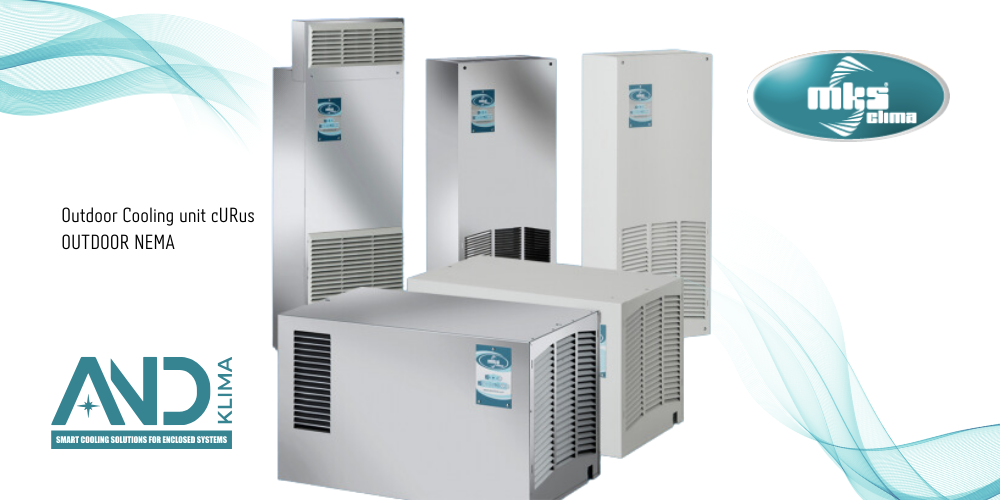

Outdoor Enclosure Air Conditioners: A Guide to Temperature Control
Outdoor enclosure air conditioners are used to regulate the internal temperature of enclosures housing electronic equipment. These air conditioners are crucial for preventing overheating, maintaining equipment performance, and extending its lifespan. This guide provides an overview of how to effectively regulate temperature using outdoor enclosure air conditioners:
Determine the Ideal Temperature Range
- Equipment Requirements: Electronic equipment typically operates best within a specific temperature range, usually between 28°C and 35°C. Refer to the equipment’s user manual to determine the ideal operating temperature.
- Energy Efficiency: Maintaining the ideal temperature range also improves energy efficiency. Excessively low temperatures can lead to unnecessary energy consumption.
Power Supply for Cooling Equipment
- Reliable Power Source: A reliable power source is essential for uninterrupted operation of cooling equipment. The power source capacity must be sufficient to meet the equipment’s energy requirements.
- Enclosure Heat Load: The equipment inside the cabin produces heat while operating. Calculating this heat load is important to determine the correct cooling capacity.
Equipment Heat Load
Heat Generation: Equipment inside the enclosure generates heat during operation. Calculating this heat load is crucial for determining the appropriate cooling capacity.
Ambient Temperature
External Environment: The ambient temperature outside the enclosure affects the internal temperature. Higher external temperatures necessitate a greater cooling capacity.
External Heat Sources
Sunlight and Other Sources: External heat sources, such as sunlight, can contribute to enclosure heating. These factors can increase the cooling requirement.
Using Filtered Fans
Ensuring Airflow: Filtered fans provide airflow by expelling hot air from inside the enclosure. This effectively distributes heat, aiding in equipment cooling.
Heat Exchangers (Air-to-Air)
Energy-Efficient Cooling: Air-to-air heat exchangers provide cooling by utilizing the temperature difference between external and internal air. This method offers an energy-efficient cooling solution.
Conclusion:
The effective use of outdoor enclosure air conditioners is essential for protecting electronic equipment and maximizing its performance. Determining the ideal temperature range, managing the power supply correctly, calculating the enclosure heat load, and utilizing solutions like filtered fans and air-to-air heat exchangers are crucial steps towards this goal. These methods optimize enclosure cooling solutions, ensuring long-term and efficient operation of the equipment.
For more information on outdoor enclosure air conditioners, contact with AndKlima. AndKlima specializes in enclosure air conditioners and can assist you in finding the most suitable solution for your needs.

